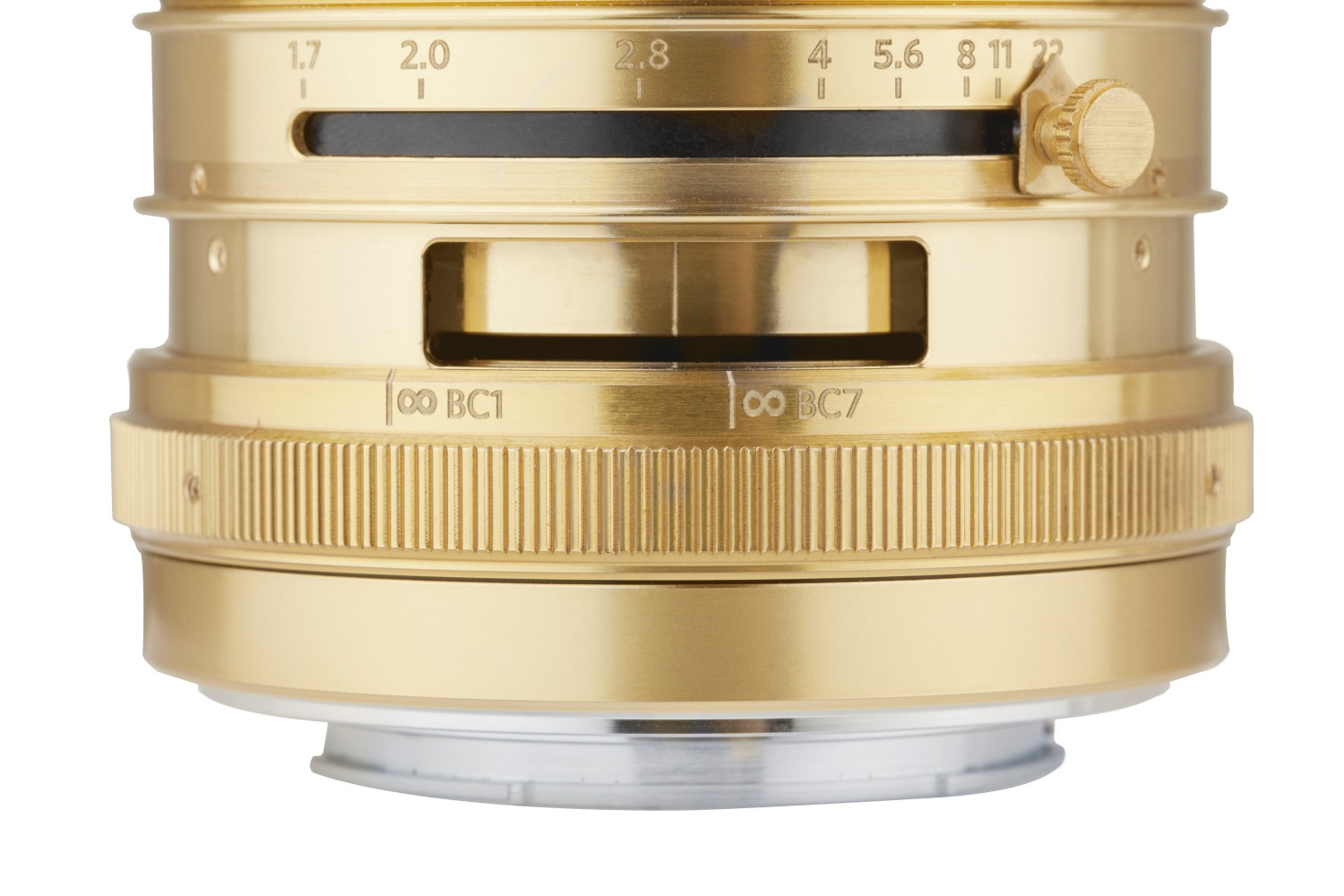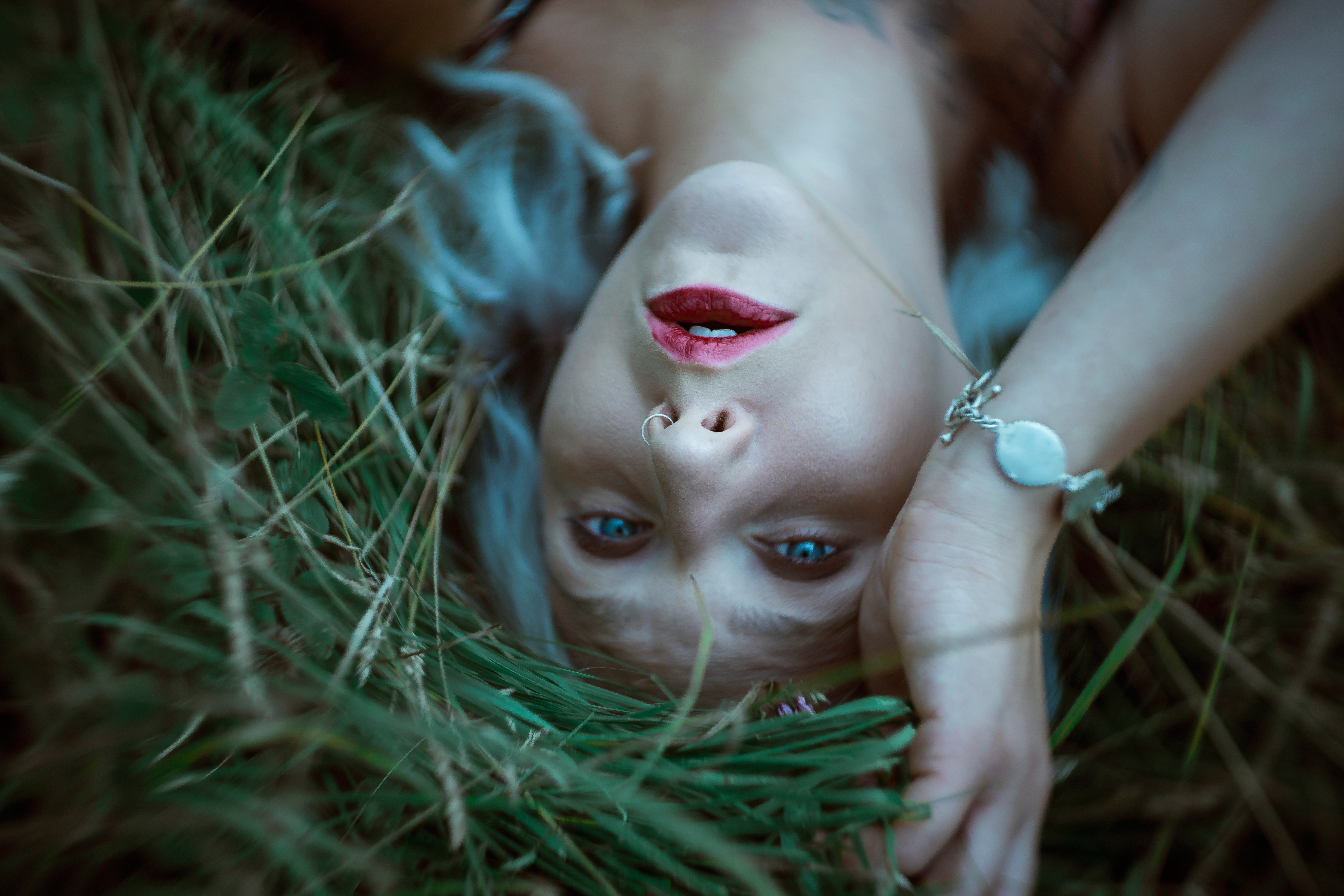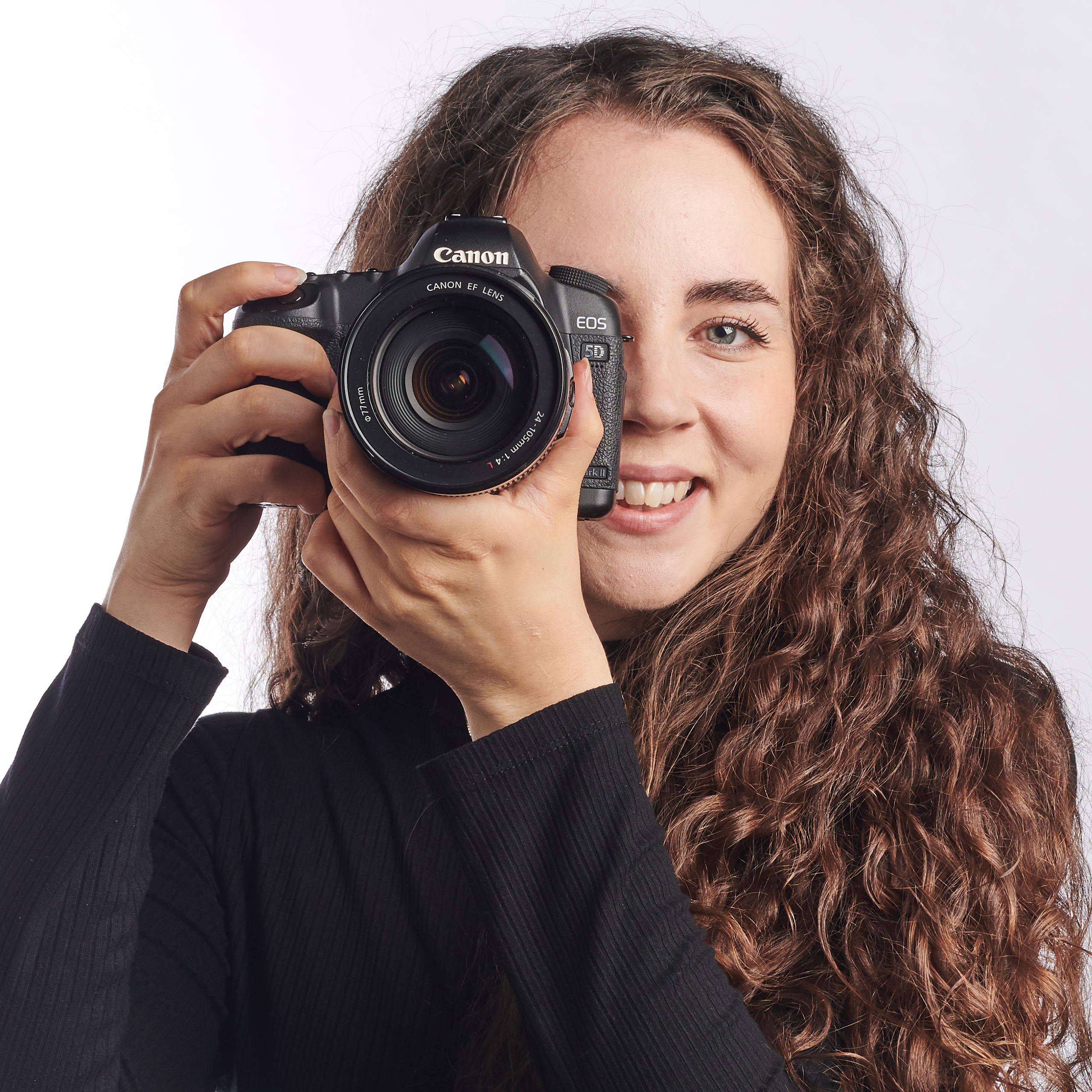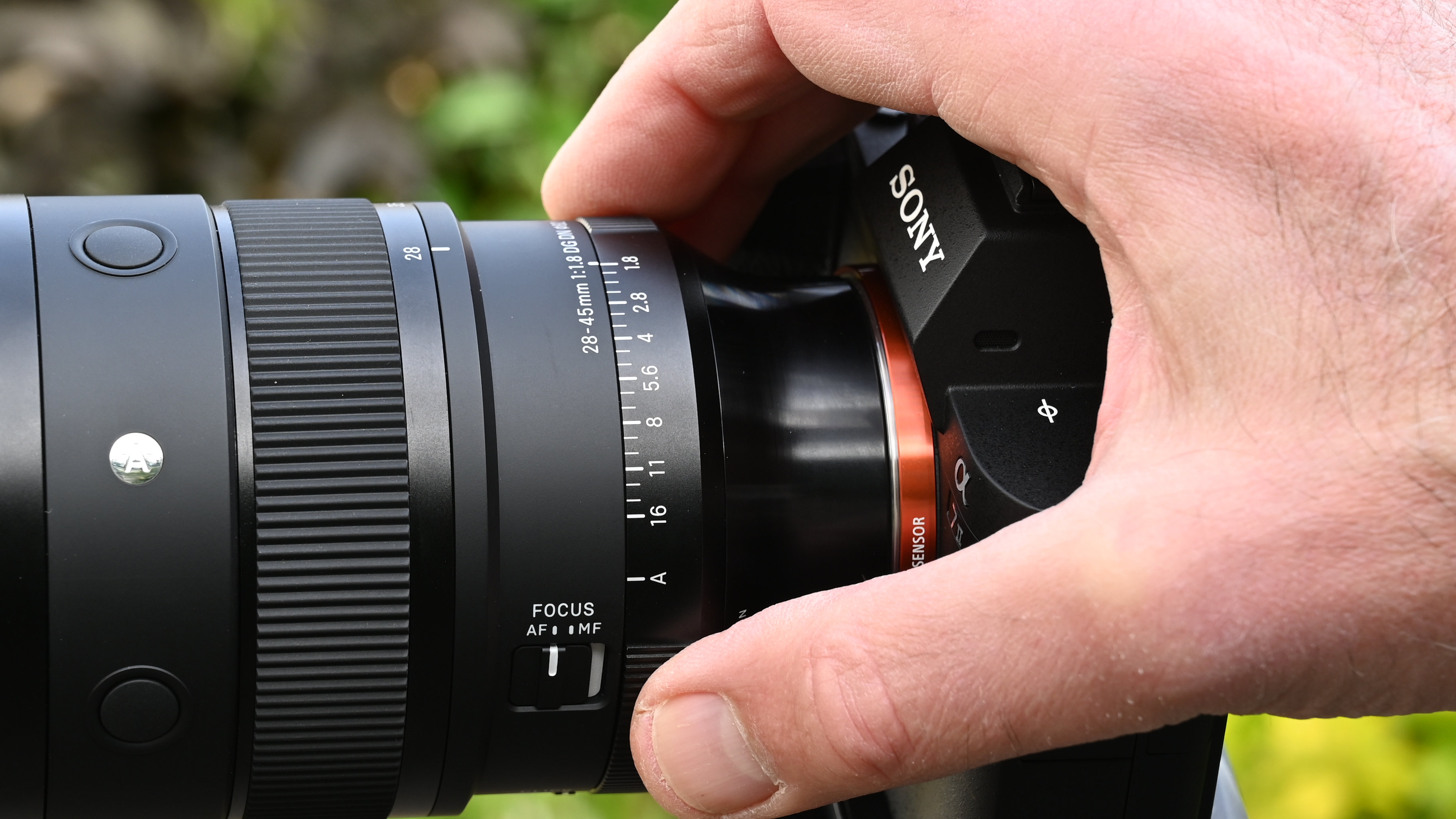Digital Camera World Verdict
The Lomography Petzval 55mm f/1.4 MKII is a fantastically creative lens that provides plenty of opportunity to experiment with your photography. With a Dual Aperture System and a bokeh control ring, this lens helps take your portraits to the next level. Despite some compositional limitations, due to softness outside of the centre of the lens at wide apertures, we can see this being a great secret weapon in the kitbag of any portrait photographer.
Pros
- +
Super swirly bokeh
- +
Sturdy, reliable build
- +
Creative portrait lens
Cons
- -
Limited compositional freedom
- -
Soft at super wide apertures
- -
Fairly niche product
Why you can trust Digital Camera World
With all the personality of vintage lenses, and delivering exactly the kind of quirks we've come to expect from a piece of Lomo glass, the Lomography Petzval 55mm f/1.7 MKII is pitching itself squarely at mirrorless portrait photographers. Built for Sony E, Canon RF and Nikon Z mounts, this is the first Petzval lens designed exclusively for full frame mirrorless cameras.
Inspired by Joseph Petzval, the inventor of the first portrait lens and widely considered to be one of the founding fathers of modern photography, the Petzval 55mm f/1.7 joins the intriguing list of 'arty' Lomo lenses and features a new bokeh control ring that allows you to change the quality of the bokeh. The higher the control ring number, the dreamier the bokeh. The lower the number, the sharper it appears.

The Petzval 55mm comes in three finishes, brass (£399), black brass (£449) and black aluminum (£349). It has a Dual Aperture System that includes an eight-bladed diaphragm and a waterhouse aperture system that enables you to insert plates into the lens to change the shape of the bokeh. These plates are included with the lens and include shapes such as snowflakes, stars and hearts.
Build and handling
The brass and black brass versions have a knob that steplessly controls the aperture, but our review sample was the black aluminum, which has an aperture ring instead. The three rings on the black aluminum lens (aperture, focus and bokeh control) can be a little unwieldy at first, especially if you're used to modern primes that usually only have a single focus ring, but it doesn't take long to get used to them.
Interestingly, the aperture ring on the Petzval 55mm is stepless, which means that you can adjust your aperture without experiencing sudden jumps in exposure. It's clear Lomography has designed this with videography in mind, and we can certainly see wedding or music video videographers making good use of the unusual effects it provides. While we can't speak to how well the aperture knob on the brass versions would perform when capturing video, the aluminum edition's ring is smooth and steady.
As a manual focus lens, we'd expect the Petzval 55mm f/1.7 to be nice to handle - and it didn't disappoint. Pleasingly heavy in the hand without feeling overly weighty, we found this boutique lens easy to use with minimal frustrations.
Performance
One of the issues with the Petzval range so far was that most DSLRs aren't typically built for manual focusing lenses. Without microprism or split-screen focusing aids, you can never quite be certain whether you've achieved an accurate focus or not until you check the back of your camera.
The best camera deals, reviews, product advice, and unmissable photography news, direct to your inbox!
However, mirrorless cameras are actually surprisingly well-suited to non-autofocus lenses. This is because most offer focus peaking, a feature inherited from video cameras that visually shows you which part of your scene is in focus by applying a white or colored highlight. Using the Petzval 55mm with focus peaking was a game changer, allowing us to feel confident in our focus when capturing portraits.
So how did it handle in test? Well, if you want swirly, whirly, creamy, dreamy bokeh, then this lens should be your number one stop. While we were initially dubious about how much the bokeh control ring would actually affect the bokeh, by the end of the shoot we'd eaten our words, as there was a noticeable difference between 1 and 7. However, it's also worth noting that it definitely depends on your lighting situation – if you can't see any bokeh in your photo, then you won't really see the effect of the bokeh control ring!
If you want more clearly defined bokeh, set the control ring to 1. If you want super soft and blurry bokeh, then adjust it to 7. Personally, we feel that you don't shoot on a Lomo lens for sharp, crisp shots, so we whacked the control ring up to 7 and enjoyed the almost-surreal results.
However, while we loved the creative effect the Petzval 55mm f/1.7 MKII gave, our biggest gripe with this lens is its limiting nature. If you're shooting at wide apertures then the only possible way to compose is with a central composition. This is because the centre of the lens is the only place to capture sharp details, and anything else outside of this falls off into significant softness. While this means you can capture some truly dramatic portraits, it also severely limits your creative choices.
Considering the main appeal of this lens is its effect at wide apertures, this does feel like a bit of a let down. An already niche product has been made even more niche by this unfortunate feature, and it would certainly makes us think twice about investing in the lens.
Verdict
If you're looking for a creative portrait lens that gives an enchanting effect, the Petzval 55mm f/1.7 MKII should be a strong contender on your list. As the first Lomography lens built for full frame mirrorless cameras, if you've been waiting for some more creative glass options to appear, we're sure you won't be disappointed with this offering.

However, the lack of sharpness outside of the immediate centre of the lens at wide apertures is a little daunting, especially when you're paying at least £350 for an admittedly niche lens. While the swirly bokeh effect is very striking, the image quality definitely pays the price. While we're not expecting tack-sharp shots from a Lomography lens, we would like the freedom to experiment with a rule-of-thirds composition – or, indeed, anything except a central composition – at wide apertures.
So, should this limiting factor put you off investing in this latest Lomo offering? That's something only you can decide. Is the striking effect worth the limited compositional freedom, or will the enforced central composition frustrate you too much?
Either way, besides this potentially frustrating factor, this is a genuinely tempting little lens. We can see it being a fantastic secret weapon on portrait, engagement or wedding shoots to add an extra wow-factor to photos and delight clients and viewers alike. Currently it's only available for pre-order from the Lomography Shop.
Read more:
Best Lomography camera: the top Lomo cameras for analog film fans
Lensbaby and Lomo lenses: the best funky effects lenses
Three prime lenses every portrait photographer needs to consider
With over a decade of photographic experience, Louise arms Digital Camera World with a wealth of knowledge on photographic technique and know-how – something at which she is so adept that she's delivered workshops for the likes of ITV and Sue Ryder. Louise also brings years of experience as both a web and print journalist, having served as features editor for Practical Photography magazine and contributing photography tutorials and camera analysis to titles including Digital Camera Magazine and Digital Photographer. Louise currently shoots with the Fujifilm X-T200 and the Nikon D800, capturing self-portraits and still life images, and is DCW's ecommerce editor, meaning that she knows good camera, lens and laptop deals when she sees them.





